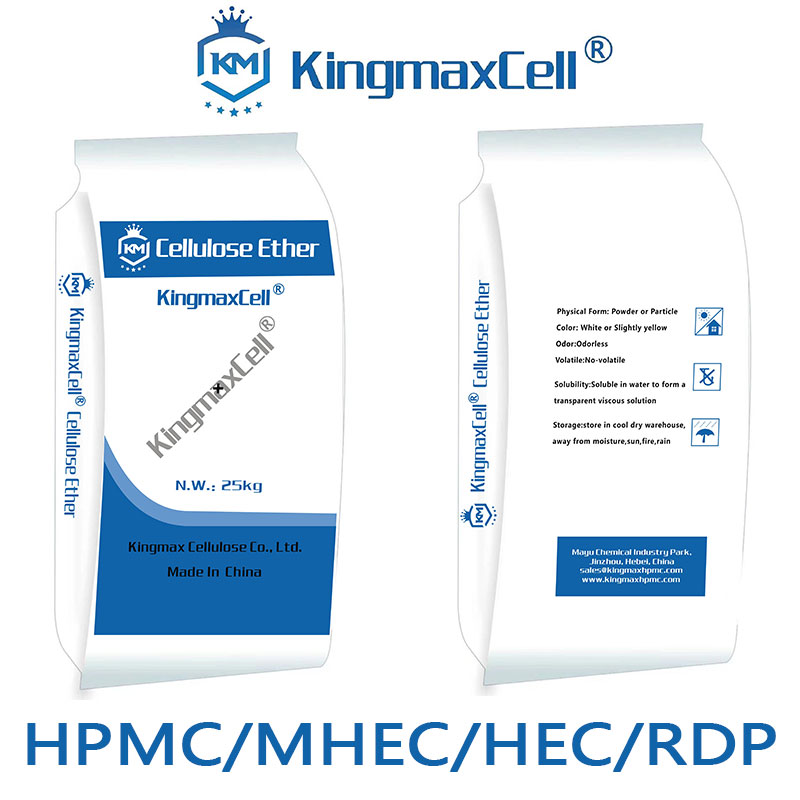In the world of food production, where texture and consistency are paramount, additives play a crucial role. Two commonly used additives, guar gum and carboxymethyl cellulose (CMC), often find their way into a variety of food products. While both serve similar purposes, they have distinct differences that set them apart.
Guar gum, derived from the guar plant’s seeds, has been used for centuries in various culinary applications. Its primary function is as a thickening agent and stabilizer, making it ideal for enhancing the texture of foods such as sauces, dressings, and dairy products. Guar gum is prized for its ability to create a smooth, creamy texture without imparting any noticeable flavor.
On the other hand, carboxymethyl cellulose (CMC) is a synthetic compound derived from cellulose, a naturally occurring polymer found in plants. CMC is renowned for its exceptional water retention properties, making it a preferred choice for improving the viscosity and mouthfeel of food products. It is commonly used in baked goods, ice cream, and beverages to prevent crystallization, control moisture levels, and maintain product consistency over time.
While both guar gum and CMC serve as effective thickening agents, their mechanisms of action differ. Guar gum forms a gel-like consistency when combined with water, whereas CMC dissolves readily in water, forming a viscous solution. This distinction influences their applications in food production, with guar gum being more suitable for cold or frozen products due to its ability to withstand low temperatures without losing its thickening properties.
In addition to their roles in food texture enhancement, guar gum and CMC also exhibit unique functionalities. Guar gum has been studied for its potential health benefits, including its ability to aid digestion and regulate blood sugar levels. CMC, on the other hand, is valued for its versatility as a stabilizer and emulsifier in a wide range of industrial applications beyond food, including pharmaceuticals, textiles, and personal care products.
Despite their differences, both guar gum and CMC share a common goal: to improve the quality and consistency of food products while meeting consumer preferences for texture and mouthfeel. As consumer demand for clean label ingredients continues to rise, food manufacturers are exploring natural alternatives to synthetic additives like CMC, leading to a renewed interest in guar gum and other plant-based thickening agents.
In conclusion, while guar gum and CMC may seem similar at first glance, a closer examination reveals their unique characteristics and applications in the realm of food production. Whether it’s achieving the perfect creamy texture in a sauce or preventing ice crystals from forming in a pint of ice cream, these additives play indispensable roles in shaping the sensory experience of the foods we love. As food science advances and consumer preferences evolve, the quest for innovative solutions to texture modification will undoubtedly continue, driving further exploration into the vast world of food additives.


